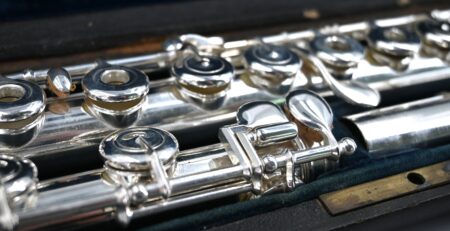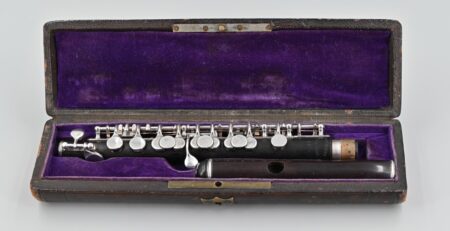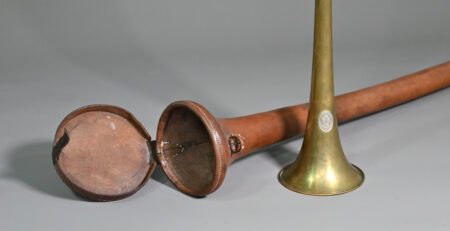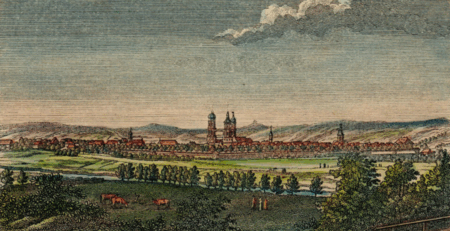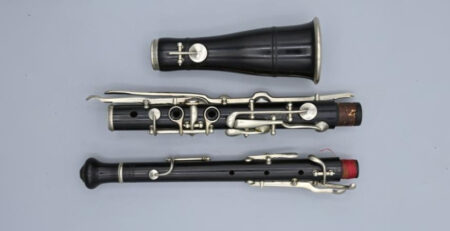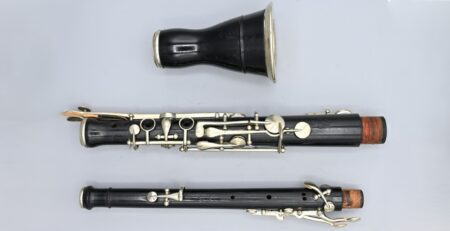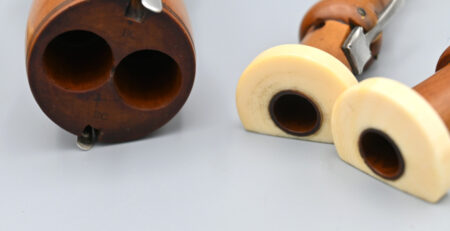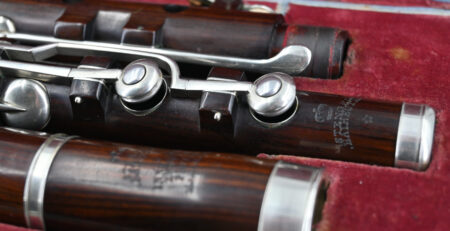SICCAMA Flute – CHAPPELL, Samuel Arthur
This flute really needs no introduction to many flutists – the famous ‘Siccama’ flute. The Siccama flute was invented by Abel SICCAMA (c. 1810–65). He was a Dutch professor of languages and amateur flutist who had settled in London. It seems that Siccama created several flute designs. But his ‘Diatonic’ flute, patented in 1842 would be his breakthrough and become known as the Siccama flute.
The literature confirms that Rudall & Rose decided against putting the model into production. So instead in 1846, he set up his own workshop with the flute-maker John HUDSON in his employ.
In a nutshell, the most important thing about this flute is that the tone holes are enlarged to get more power out of the instrument. The usually very small holes (3 for A and 6 for E) are not only enlarged, but also positioned further downwards along the flute towards the foot joint. Keys are therefore necessary to make it possible for the player to reach and cover the holes in a comfortable way.
Other makers would start producing the model both in England and abroad. One such maker was Samuel Arthur CHAPPELL (1834 -1904). Chappell was located at the 52 New Bond Street address in London between 1871 and 1901. So, this flute with its serial number 1315 must have been made during that time.
There’s a huge amount of detailed information and research results about the Siccama flute on Terry McGee’s website for anyone who would like to find out lots more. Just scroll down to ‘The Siccama Flute Story’ on his website.
The flute plays at a pitch of a=458 Hz with the tuning slide fully inserted. The tuning slide has four engraved markings. When the tuning slide is pulled out up to the fourth marking, the flute plays at a=442 Hz.





